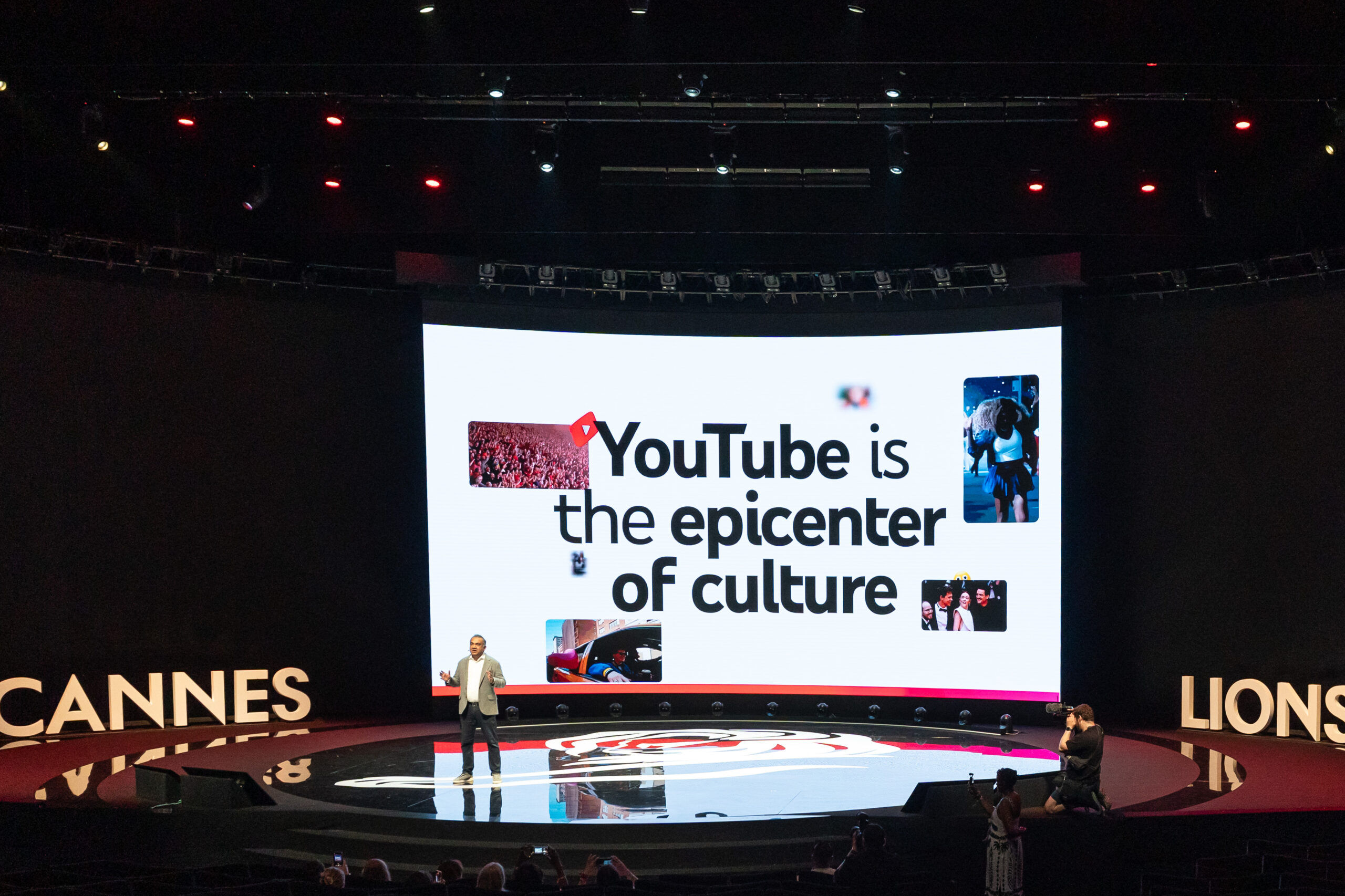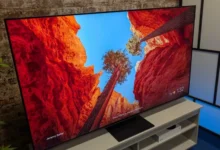
Starting July 15, 2025, YouTube will stop monetizing content that lacks real human input—especially videos with AI-generated voices, low-effort compilations, or reused footage with no added value. The platform’s updated policies mark a major shift in how originality is defined, rewarded, and enforced in the creator economy.
Why YouTube Is Cracking Down
Over the past year, YouTube has seen a flood of what critics call “AI slop”—videos stitched together with synthetic voices, stock footage, and little to no commentary. From fake movie trailers to TikTok-style quote videos and silent slideshows, the platform has been overwhelmed with content that’s technically “new” but creatively hollow.
This surge raised concerns among advertisers, frustrated longtime creators, and even viewers. The new rules are YouTube’s way of cleaning house—making it clear that real storytelling, human voice, and transformative effort are now the standard.
What’s Changing on July 15
Under the revised YouTube Partner Program (YPP) policies:
AI-generated voiceovers without human narration will not qualify for monetization.
Compilation content or slideshow videos with minimal editing or insight will be ineligible.
Reused content (clips, streams, reaction videos, etc.) must show clear transformation—like commentary, education, or creative remixing.
Even if a channel meets the usual thresholds—1,000 subscribers and 4,000 public watch hours, or 10 million Shorts views in 90 days—it must also prove its content is original and adds value to remain monetized.
What Counts as “Original” Now?
YouTube says it’s not banning AI tools entirely—but content must reflect real human creativity. Think:
A video essay with your own narration and insights
A news recap that includes your opinion or analysis
A tutorial you’ve structured and explained in your own voice
Basically, if it sounds like a copy-paste job from a machine—or looks like it was churned out in five minutes—it’s getting demonetized.
What This Means for the Creator Economy
This isn’t just a policy update—it’s a philosophical one. YouTube is doubling down on authenticity as a business model. The platform wants to signal to advertisers: “We’re serious about quality.” And to creators: “The algorithm might still surface low-effort stuff, but it won’t help you make a living.”
It also raises the bar for content farms and AI-first creators who’ve relied on volume over value. For smaller creators who’ve built real communities and developed a unique voice, this shift could be a competitive advantage.
How to Stay Eligible
To avoid losing monetization after July 15, here’s what YouTube wants to see:
- Your real voice or visible human commentary
- Original ideas, perspectives, or storytelling
- Meaningful transformation of reused material
- A channel-wide commitment to creativity—not just one or two “real” videos
Final Take
The YouTube monetization rule change 2025 isn’t about punishing AI—it’s about preserving what made YouTube valuable in the first place: people, not bots.
If you’re a creator willing to add your voice, share your ideas, and genuinely engage your audience, the future still belongs to you.
Mark your calendars! TechTrends Pulse lands in Nairobi this August! Join top tech leaders, innovators & AI experts for a half-day of keynotes, showcases & sharp insights on business transformation. RSVP now -limited slots available! Register here.
Follow us on WhatsApp, Telegram, Twitter, and Facebook, or subscribe to our weekly newsletter to ensure you don’t miss out on any future updates. Send tips to editorial@techtrendsmedia.co.ke


